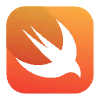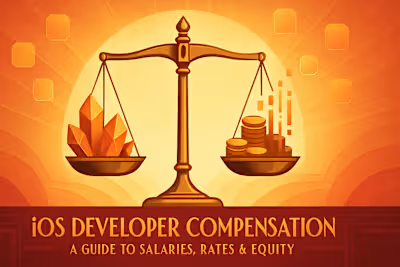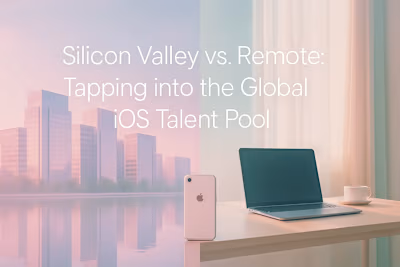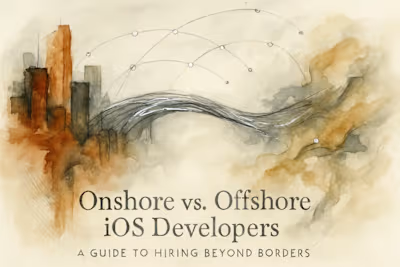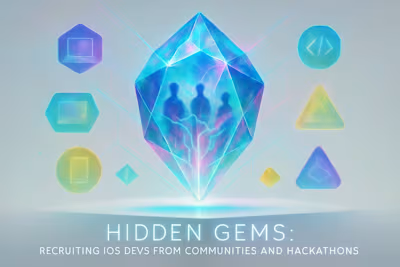Hiring iOS Developers: A Checklist for NDAs, IP Rights & Legal Contracts
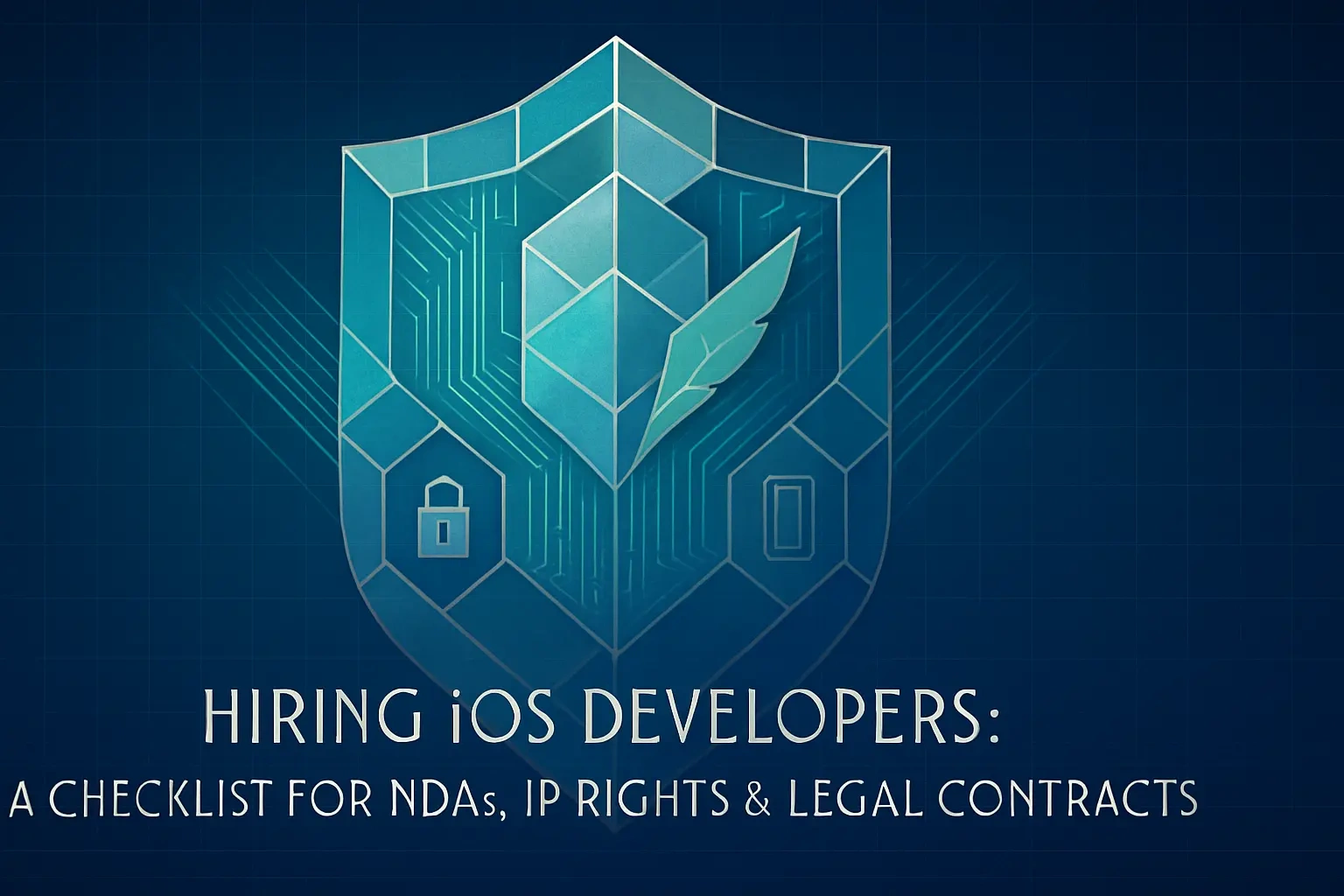
Hiring iOS Developers: A Checklist for NDAs, IP Rights & Legal Contracts
The Non-Disclosure Agreement (NDA): Protecting Your Ideas
What is an NDA?
Key Clauses to Include
Unilateral vs. Mutual NDAs
The Independent Contractor Agreement: Defining the Relationship
Worker Classification: Contractor vs. Employee
Essential Components of the Agreement
Intellectual Property (IP) Ownership
The Statement of Work (SOW): Detailing the Project
What is an SOW?
Key Elements of a Software Development SOW
Change Management Process
Final Legal Checks Before You Start
Ensure All Documents Are Signed
Consult with a Legal Professional
References
Hiring iOS Developers: A Checklist for NDAs, IP Rights & Legal Contracts
The Non-Disclosure Agreement (NDA): Protecting Your Ideas
What is an NDA?
Key Clauses to Include
Unilateral vs. Mutual NDAs
The Independent Contractor Agreement: Defining the Relationship
Worker Classification: Contractor vs. Employee
Essential Components of the Agreement
Intellectual Property (IP) Ownership
The Statement of Work (SOW): Detailing the Project
What is an SOW?
Key Elements of a Software Development SOW
Change Management Process
Final Legal Checks Before You Start
Ensure All Documents Are Signed
Consult with a Legal Professional
References
Posted Jul 6, 2025
Hiring an iOS developer? Don't skip the legal homework. Our guide covers essential contracts, NDAs, and intellectual property clauses to protect your project and business.


